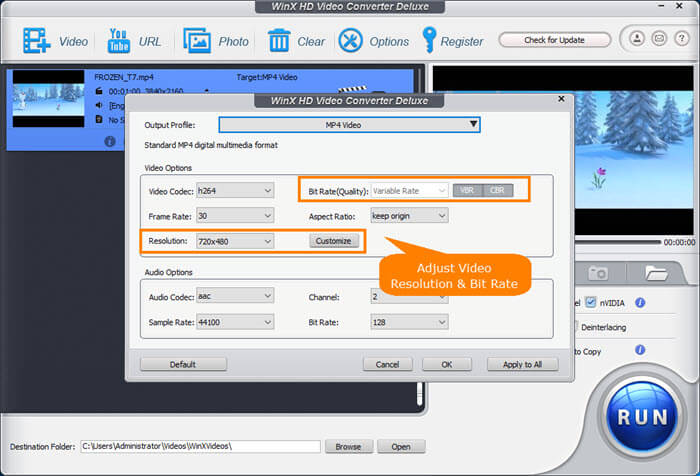

Full HD resolution, for instance, contains 1920 x 1080 pixels, while Ultra HD has 3840 x 2160 pixels. If you want to display the video on a large HD monitor, you need a higher resolution than the resolution required for a smaller smartphone display. The resolution determines the size of the image: it sets the number of pixels that will be displayed.To do this, you first need to consider the two basic parameters of resolution and frame rate. To compress an MP4 means to reduce the file size of an existing MP4 file.

This factor sets MP4 apart from other formats and has made MP4 the most important and commonly used file format for video. However, modern MP4 codecs can hold this loss of quality in check. MPEG-2) can also be used for MP4 files too.Ĭompressing MP4 video to smaller size is usually associated with a reduction in quality, since this is the only way to create video files that are small enough. The most important codecs for MP4 are H.265 or its predecessor H.264 for video data as well as AAC (for audio data). MP4 is a file container for digital video that lets you compress video data using codecs.


 0 kommentar(er)
0 kommentar(er)
